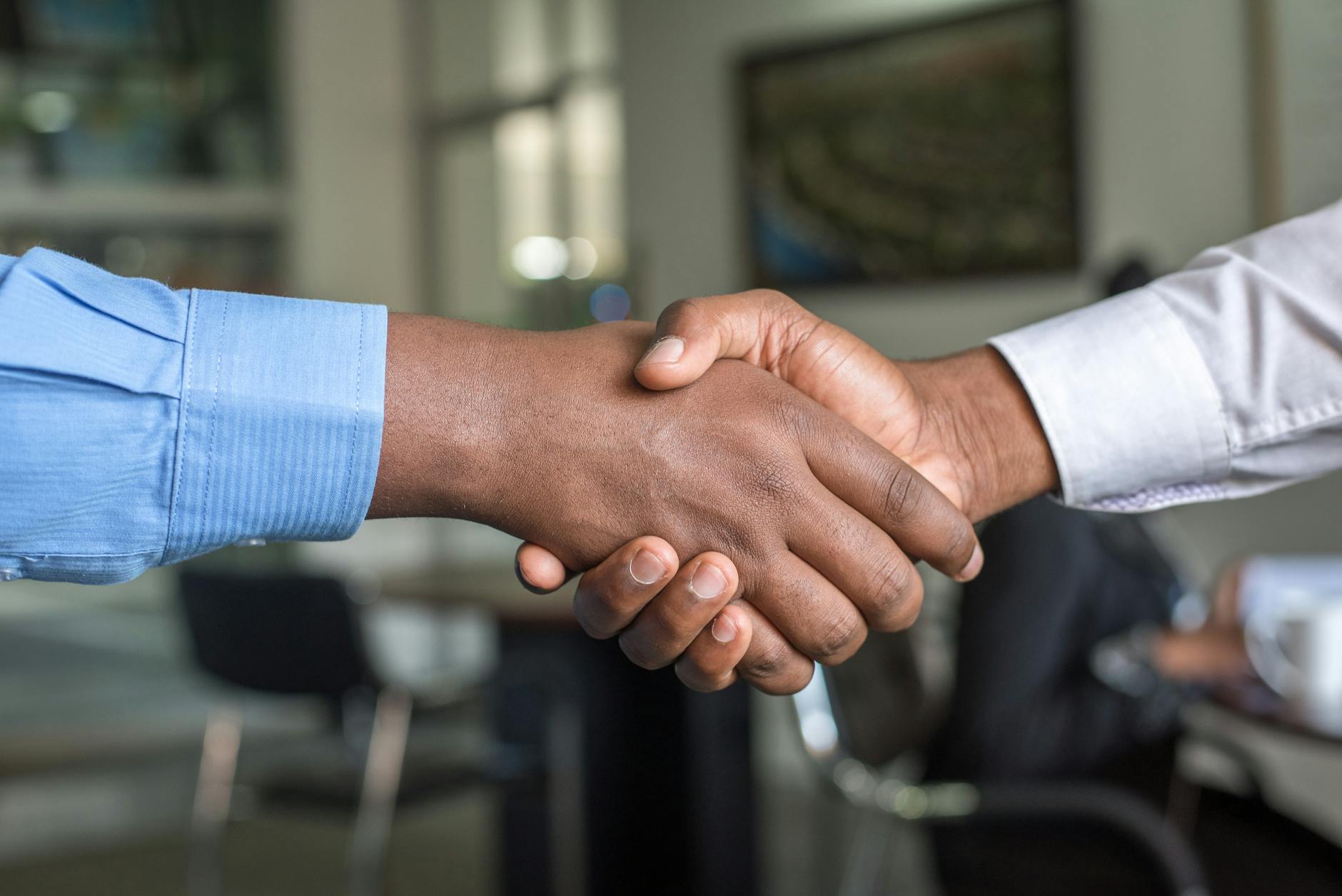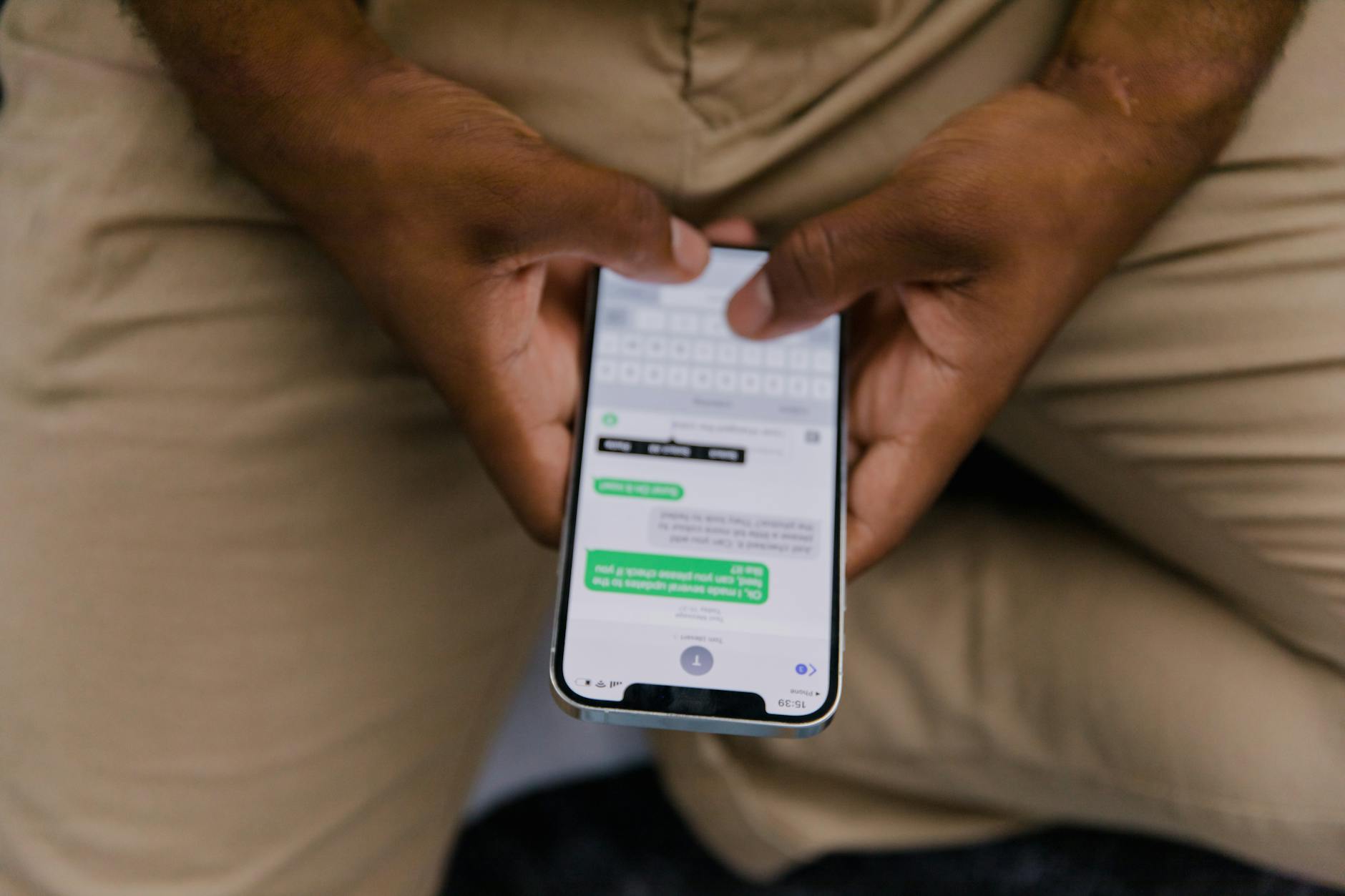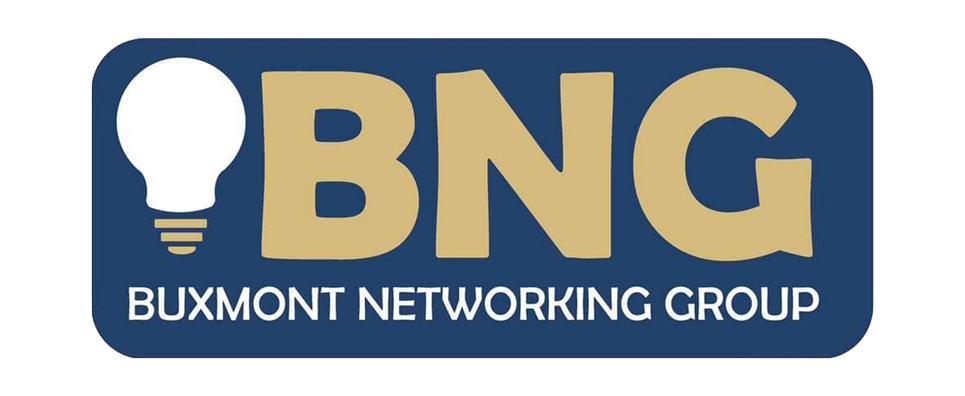Making meaningful connections at networking events is only the first step. The real value lies in what happens afterward. Following up is essential to solidify those introductions and turn them into opportunities. Whether it’s a quick thank-you email or arranging a coffee chat, this simple act can make a lasting impression. If you’re unsure how or when to follow up, this guide will walk you through it, helping you stay professional and confident in your approach.
Understanding the Importance of Follow-Up
Following up after a networking event is more than just a polite gesture—it’s a critical step in building and maintaining professional relationships. Connections made during these events are often fleeting unless nurtured. A thoughtful follow-up can transform a brief interaction into a meaningful conversation, paving the way for future opportunities. Let’s explore the key reasons why follow-ups matter and how they can shape your professional network’s growth.
Strengthening Initial Impressions
First impressions are fleeting. The energy of a networking event can lead to brief yet impactful conversations, but without a follow-up, those encounters might fade away. A follow-up email or message helps you stand out and reinforces what was discussed, ensuring you stay memorable.
- Why it works: It’s like watering a plant; the seed has been sown, but you need consistent care to see it grow.
- Pro tip: Personalize your message. Reference something specific from your conversation to make it clear you were truly engaged.
 Photo by Cytonn Photography
Photo by Cytonn Photography
Building Genuine Relationships
Networking isn’t just about collecting business cards—it’s about relationships. A well-timed follow-up shows genuine interest and commitment to staying connected, creating a foundation for long-term engagement.
- The human factor: People value effort. Taking the time to craft a thoughtful message demonstrates care, respect, and professionalism.
- Actionable tip: Avoid generic messages like “It was nice meeting you.” Instead, highlight how the connection could be mutually beneficial.
Opening New Opportunities
Think of follow-ups as reopening a door that was momentarily ajar. They can lead to new projects, collaborations, mentorships, or even career pivots. Opportunities rarely just fall into your lap; reaching out positions you as proactive and interested in making things happen.
- Examples of potential benefits:
- A second conversation might spark a job opportunity.
- Your follow-up could result in being introduced to someone in their network.
- You may gain insights or advice valuable to your career.
Keeping Connections Alive
In today’s fast-paced world, it’s easy to lose touch. Following up ensures the connection doesn’t grow cold. It’s not about pestering; it’s about staying present, so when opportunities arise, you’re top of mind.
- Strategy for consistency: Use digital tools like reminders or calendar notes to check in with your network periodically.
By understanding these principles, you’ll make following up feel natural and purposeful.
Timing Your Follow-Up
A great conversation at a networking event is only the beginning. The timing of your follow-up is just as crucial as your approach. When done promptly and professionally, it ensures that your new connections remember you, and your relationship develops on solid ground.
Follow Up Within 24-48 Hours
The first 24-48 hours after a networking event are critical for staying top of mind. A quick follow-up email or message shows you’re serious about nurturing the connection. Strike while the conversation is still fresh in both of your minds. This short window keeps the sense of enthusiasm alive, making you appear proactive and engaged.
- Why act fast? People meet dozens of others at events. Delay too long, and your interaction may blur into the crowd.
- What to include: Start with a thank-you, reference your conversation, and mention any topics you discussed. For example: “I really enjoyed our chat about trends in [industry]. Your insights on [specific topic] were invaluable.”
- Pro tip: Keep it brief. Express interest in continuing the conversation but avoid overwhelming them with a lengthy message.
By following up within this timeframe, you communicate that the connection isn’t just another passing interaction but the start of something meaningful.
 Photo by Pavel Danilyuk
Photo by Pavel Danilyuk
Avoiding Overdue Follow-Ups
Waiting too long to follow up can harm your chances of building a meaningful connection. Time diminishes memory and relevance, and your follow-up may come across as an afterthought. The longer the gap, the harder it becomes to reignite the initial rapport.
- Why timing matters: When weeks go by, the connection may feel distant or forced. People are busy and may not recall who you are or what you discussed.
- Signs of an overdue follow-up:
- Forgetting key details from the event.
- Feeling hesitant or apologetic in your message.
- What to do if you’re late: Own up to the delay briefly but redirect the focus to your interest in connecting. For example: “I realize some time has passed since [event], but I’d love to revisit our conversation on [topic].”
Avoiding overdue follow-ups makes the entire process more natural and ensures your outreach feels timely and authentic.
Crafting the Perfect Follow-Up Message
Writing an effective follow-up message after a networking event can make all the difference in turning a casual conversation into a lasting connection. A well-crafted follow-up demonstrates professionalism, sustains the rapport you created, and keeps you top of mind. Here are three essential strategies to ensure your message hits the mark.
Personalize Your Message
A generic, one-size-fits-all email doesn’t stand out. To leave a lasting impression, tailor your follow-up message to the specific individual. Mention their name, reference your conversation, and acknowledge any shared interests or mutual goals.
- Why it matters: Personalizing your message shows that you value the connection and took the interaction seriously. Nobody wants to feel like just another name on a list.
- How to personalize:
- Reference the event you attended together.
- Include a specific detail, like a topic they were passionate about or a story they shared.
For example: “Hi [Name], I thoroughly enjoyed speaking with you at [Event Name] last week. The insights you shared about [specific topic] were thought-provoking and left a lasting impression.”
Include Details from Your Conversation
Building a connection starts with showing that you were engaged and attentive during your initial discussion. Recall a specific detail from your chat to create an instant connection and jog their memory.
- What to highlight: Topics you discussed, mutual interests, or industry trends. For example, “I appreciated your advice on [specific challenge]. It’s a perspective I hadn’t considered before.”
- Why it works: It’s a simple way to demonstrate that you truly listened, which strengthens trust and rapport.
If you discussed future plans or opportunities to collaborate, mention them. You might say: “You mentioned exploring [topic/opportunity]. I’d love to help or collaborate if the timing is right.”
Offer Value
Networking is about give-and-take, not just asking for favors. In your follow-up message, offer something useful that aligns with the interests or challenges the other person expressed.
- Examples of how you can add value:
- Share an article or blog post related to a topic discussed.
- Recommend a book, podcast, or tool that might benefit them.
- Introduce them to someone in your network who could be a valuable connection.
For instance: “After our conversation, I thought you might find this article on [topic] insightful. It aligns closely with what we discussed about [specific subject].”
Adding value positions you as thoughtful and resourceful, paving the way for a continued and mutually beneficial relationship.
 Photo by RDNE Stock Project
Photo by RDNE Stock Project
By incorporating personalization, memorable details, and value into your messages, your follow-ups will stand out and build stronger connections over time.
Different Methods of Follow-Up
Once you’ve navigated the networking event, the next step is turning conversations into meaningful connections. The method you choose for follow-up depends on the context of your interaction and the kind of relationship you aim to build. Here’s a breakdown of effective approaches for keeping the momentum going.
Email Follow-Ups: Tips for Writing Effective Follow-Up Emails
A well-crafted email can leave a lasting impression, bridging the gap between a casual introduction and a professional connection. Here’s how to get it right:
- Start with a personalized subject line. Mention the name of the event or a key talking point. For example, “Great to Meet You at [Event Name]!”
- Keep it short but meaningful. Avoid long-winded emails. Respect their time with clarity, but make it warm and engaging.
- Reference your conversation. Show that you listened and valued their input. For example: “I enjoyed our discussion about [specific topic]. Your perspective on [related industry trend] was insightful.”
- End with a call to action. Suggest the next step, whether it’s a coffee meeting, a phone call, or a connection on LinkedIn.
Like a handwritten thank-you note, these small efforts can make a big impact on how you’re remembered.
Social Media Connections: Utilizing Platforms Like LinkedIn
Connecting on social media takes the casual approach of networking and adds a strategic, ongoing framework. Platforms like LinkedIn make it easier than ever to stay visible and relevant in your mutual professional circles.
- Send a personalized connection request. Mention how you met or what you discussed. A simple line like, “It was great meeting you at [Event Name]. I’d love to stay connected and continue our conversation about [topic],” makes the interaction personable.
- Engage with their updates. Like, comment, or share their posts to keep the relationship active.
- Share relevant content. If you come across an article or insight that might interest them, don’t hesitate to send it their way with a short note. It opens the door for continued dialogue.
Social media is a continuous follow-up tool—keep the connection warm, but avoid coming across as overly eager.
In-Person Meetings or Calls: Arranging Coffee Meetings or Phone Calls
Nothing builds rapport better than a face-to-face meeting or a thoughtful phone conversation. It adds a personal touch that email or social media might not fully achieve.
- Timing is everything. Wait until after your initial follow-up to gauge their interest and availability.
- Be polite and direct. For example: “Would you be open to meeting for coffee next week to discuss [specific topic] further?”
- Prepare in advance. Have a clear purpose for the meeting, like learning about their career path or discussing a potential partnership.
- Respect their time. Keep in-person meetings or calls concise and impactful—no one appreciates feeling ambushed with lengthy discussions.
In-person meetings and calls are ideal for deepening the connection and showing your commitment to building a relationship.
 Photo by Mikhail Nilov
Photo by Mikhail Nilov
By combining these methods appropriately and authentically, you can transform fleeting interactions into long-term professional relationships. Each connection is an opportunity—nurture them well.
Common Follow-Up Mistakes to Avoid
Following up after a networking event can be tricky. Even the most well-meaning professionals can fall into common pitfalls that derail their efforts to build lasting connections. Knowing what to avoid is just as important as knowing what to do. Here are some follow-up mistakes you should watch out for, so you can make a positive and lasting impression.
Being Too Pushy
Nobody likes to feel suffocated by overly eager follow-ups. While it’s important to show interest, coming across as pushy can ruin any chance of building a genuine relationship.
- What’s too pushy? If you send multiple messages within a day or consistently pressure someone for a response, you’re likely overstepping.
- How to strike the balance:
- Be assertive, but give them space. One follow-up is fine, two may work as a gentle reminder, but more than that can feel aggressive.
- Respect their time and boundaries. For example: “I know you’re busy, but I’d love to reconnect when it’s convenient.”
Think of it as planting a seed—water it patiently, but don’t drown it.
 Photo by RDNE Stock Project
Photo by RDNE Stock Project
Neglecting to Thank
Gratitude goes a long way, yet many people skip this simple yet impactful step. Failing to thank someone for their time or insights can make you appear unappreciative and self-centered.
- Why thankfulness matters: A quick thank-you shows courtesy and keeps the tone of your follow-up professional yet warm.
- Best practices:
- Use a genuine tone. Something like, “Thank you for sharing your perspective on [specific topic]. It was incredibly insightful,” feels authentic.
- Don’t overcomplicate it. A short sentence or two does the job.
Showing gratitude isn’t just polite—it builds goodwill that strengthens your connection.
Lack of Clarity
Vague follow-ups can be confusing and even frustrating. If the recipient has to decipher your intentions, they’re less likely to engage.
- How this happens: Sending a message like, “Hey, let’s chat,” without specifying why or when can leave people unsure how to respond.
- How to be clear:
- Outline your purpose early in the message. For example: “I’d love to follow up on our discussion about [topic] and explore potential next steps.”
- Make your request actionable. Suggest specific options, like scheduling a brief call or meeting for coffee.
Clear communication invites clear responses. Ambiguity, on the other hand, leaves the ball stuck in their court.
By staying assertive without being pushy, expressing gratitude, and being clear with your intentions, you’ll avoid the mistakes that often push people away. Success in networking follow-ups isn’t just about connecting—it’s about doing it meaningfully and respectfully.
Final Thoughts on Following Up Effectively
Taking the time to follow up after a networking event can set you apart from others. It’s not just a polite gesture; it’s an investment in your personal and professional growth. From emails to calls, your follow-up should reflect sincerity, thoughtfulness, and a clear purpose. Every small action you take can turn initial introductions into opportunities that matter.
Key Takeaways for Effective Follow-Ups
- Be Timely: Follow up within 24-48 hours for maximum impact. Strike while the memory is fresh.
- Personalize Your Communication: Reference specific conversations or shared moments from the event.
- Add Value: Be thoughtful in how you engage. Share meaningful insights, resources, or introductions.
- Respect Boundaries: Don’t overdo it. One or two follow-ups are enough.
- Express Gratitude: Always thank the person for their time and insights.
Making It a Habit
Think of networking as a two-way street. Your follow-up efforts should be as intentional as making the initial connection. Create a system—digital tools or reminders can help ensure you stay consistent. Building habits around follow-ups not only makes the process seamless but also strengthens your professional reputation over time.
 Photo by Pavel Danilyuk
Photo by Pavel Danilyuk
Each follow-up is a chance to build a bridge. Make every connection count and keep your network thriving.

